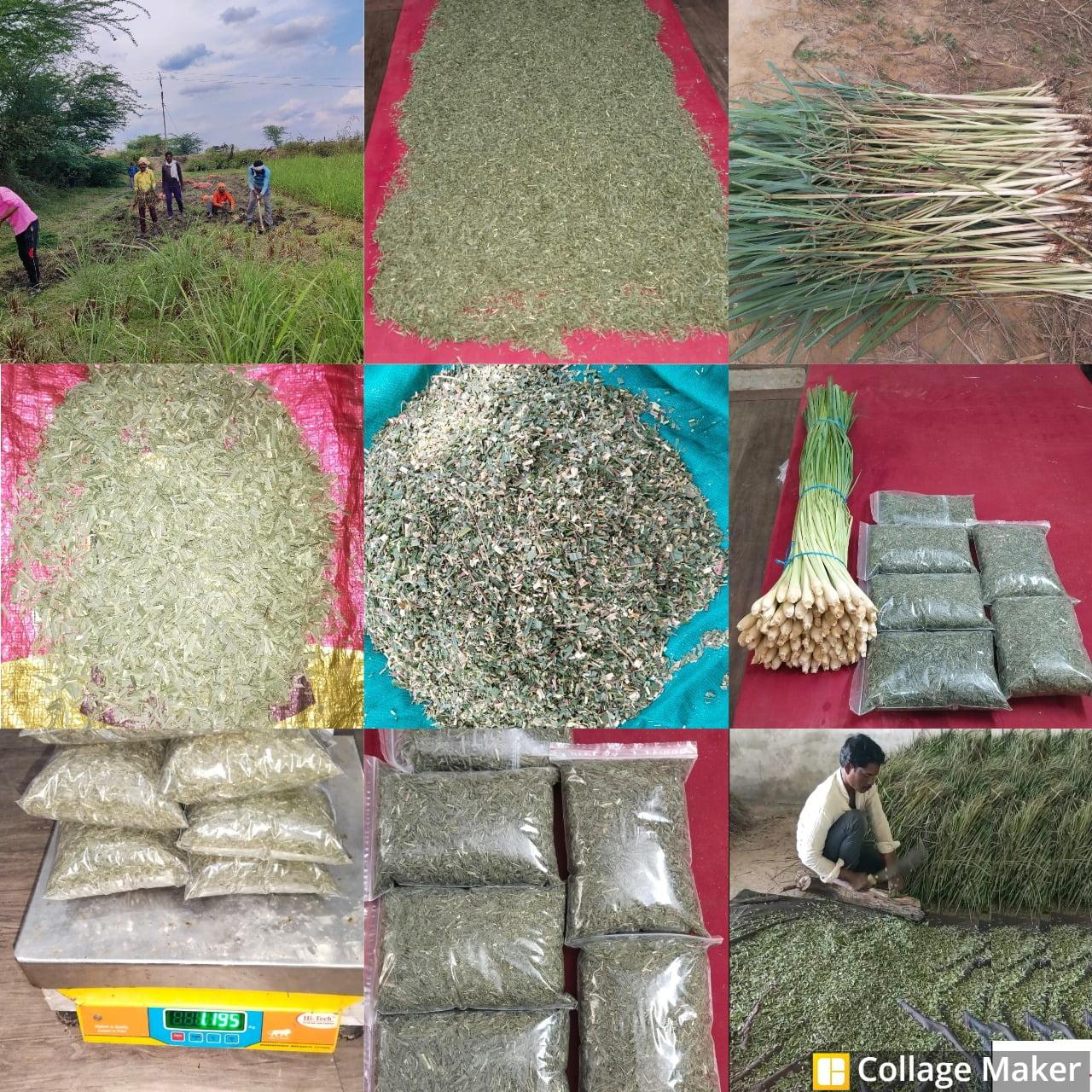Lemongrass Dry Tea Leaves
Original price was: ₹175.0.₹150.0Current price is: ₹150.0.
| Business Type | Manufacturer, Exporter, Supplier, Retailer, Wholesaler, Trader, Distributor, Buying House |
| Brand Name | Kamadhei |
| Material | Dry Leaves |
| Processing Type | Sun dried |
Preferred Buyer From
| Location | Anywhere in India |
Lemongrass Dry Leaves Tea Bag Cut size – TBCH
Product Details
5 mm to 20 mm Tea bag cut size fresh cut and sun-dried lemongrass leaves very good quality and aroma full.
Utilization: The utilization of Lemongrass, a resilient herb that requires minimal resources for cultivation, aligns with sustainable agricultural practices. The transformation of its leaves into tea bags provides a convenient and efficient means of consumption, reducing the need for additional packaging or processing. Moreover, the popularity of Lemongrass tea contributes to the economic sustainability of local communities involved in its cultivation and production. However, to enhance overall sustainability, manufacturers must adopt eco-friendly packaging materials and consider the entire life cycle of the product, from cultivation to disposal. By integrating responsible sourcing, processing, and packaging practices, Lemongrass Dry Leaves Tea Bags can serve as a symbol of sustainability, offering a refreshing beverage option that respects both the environment and the communities involved in its production.
You must be logged in to post a review.
Q & A
Sustainability Justification:
Minimal Processing: Lemongrass dry tea leaves typically undergo minimal processing. The process often involves simple drying, which conserves energy and reduces the need for extensive machinery. This low-energy process contributes to its sustainability.
Organic Farming Practices: If the lemongrass is sourced from organic farms, it avoids the use of synthetic pesticides and fertilizers, which are significant contributors to soil degradation and water pollution. Organic farming practices also enhance soil health and biodiversity, making the product more sustainable.
Local Sourcing: Lemongrass can often be grown in a variety of climates, including in small, local farms. Locally sourced products reduce the carbon emissions associated with transportation and support local economies, which is a key aspect of sustainability.
Biodegradable Packaging: If the product is packaged in biodegradable or recyclable materials, it further enhances sustainability by reducing plastic waste.
Scientific Explanation:
Lemongrass (Cymbopogon citratus) is a perennial plant that grows well in tropical and subtropical regions. It requires moderate water and minimal chemical inputs, particularly when grown organically. This reduces the environmental impact of water usage and chemical runoff. Additionally, the biomass left after harvesting can be composted, contributing to a circular economy in agriculture.
Low Carbon Footprint of Chia Seeds
Carbon Footprint Justification:
Efficient Water Use: Chia plants (Salvia hispanica) are known for their efficient water use, which is particularly important in reducing the overall carbon footprint. They can grow in arid environments with minimal irrigation, which lowers the energy required for water pumping and distribution.
High Yield: Chia seeds provide a high yield per unit area, meaning more seeds can be produced with relatively low resource input. This high productivity helps reduce the overall carbon footprint per kilogram of chia seeds produced.
Minimal Processing: Chia seeds require minimal processing before reaching consumers. They are typically cleaned, dried, and packaged without the need for energy-intensive processes like refining or cooking. This simplicity in processing helps keep the carbon footprint low.
Long Shelf Life: Chia seeds have a naturally long shelf life, which reduces food waste and the associated carbon emissions. Food waste is a significant contributor to greenhouse gas emissions, so products that last longer can be more sustainable.
Scientific Explanation:
Chia plants are C4 plants, meaning they have a more efficient photosynthetic process compared to C3 plants. This efficiency allows them to convert sunlight into biomass more effectively, even under conditions of high temperature and low water availability. As a result, chia seeds have a lower carbon footprint associated with their cultivation. Additionally, the long shelf life of chia seeds means that less energy is required for refrigeration or preservation, further reducing their carbon footprint.
References:
- Organic Farming Practices: Pimentel, D., Hepperly, P., Hanson, J., Douds, D., & Seidel, R. (2005). Environmental, energetic, and economic comparisons of organic and conventional farming systems. BioScience, 55(7), 573-582.
- Water Use Efficiency in Chia: Ayerza, R., & Coates, W. (2009). Chia: Rediscovering a Forgotten Crop of the Aztecs. University of Arizona Press.
General Inquiries
There are no inquiries yet.









Reviews
There are no reviews yet.